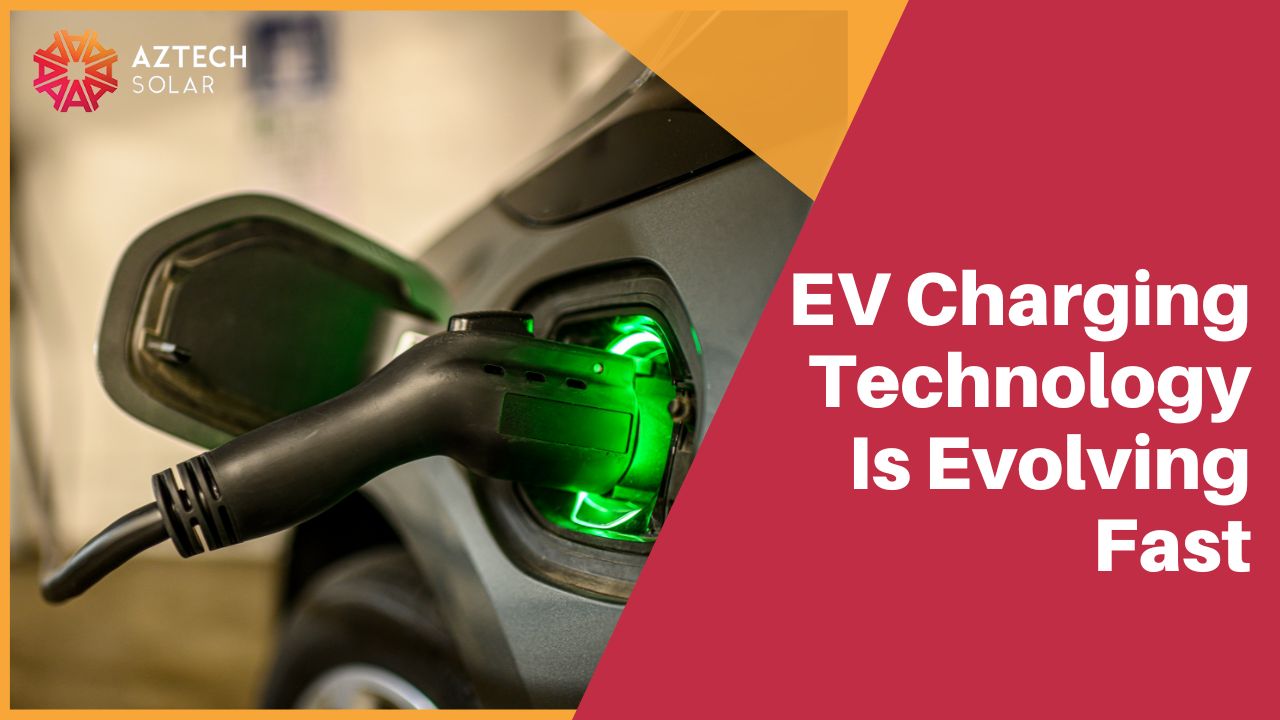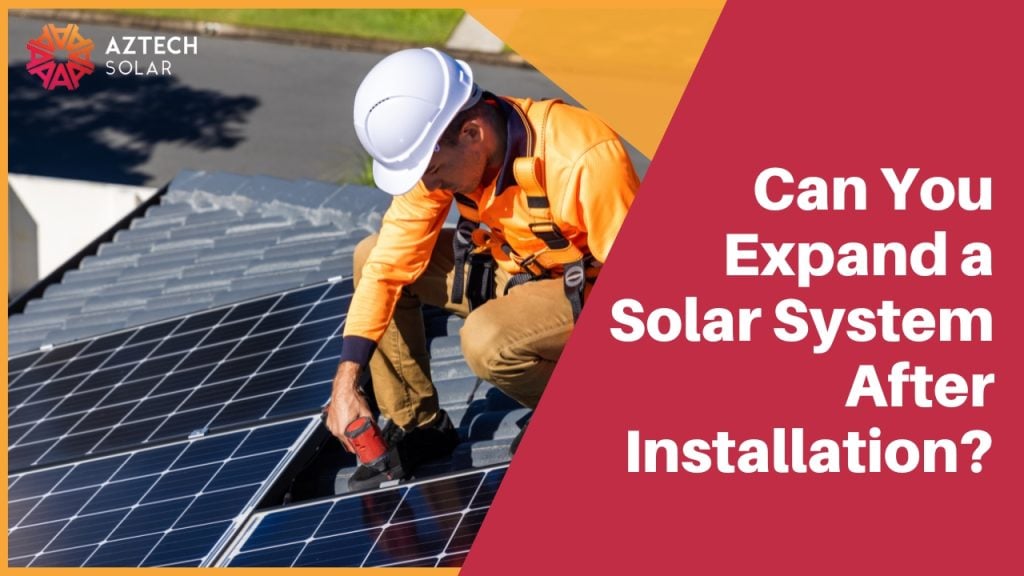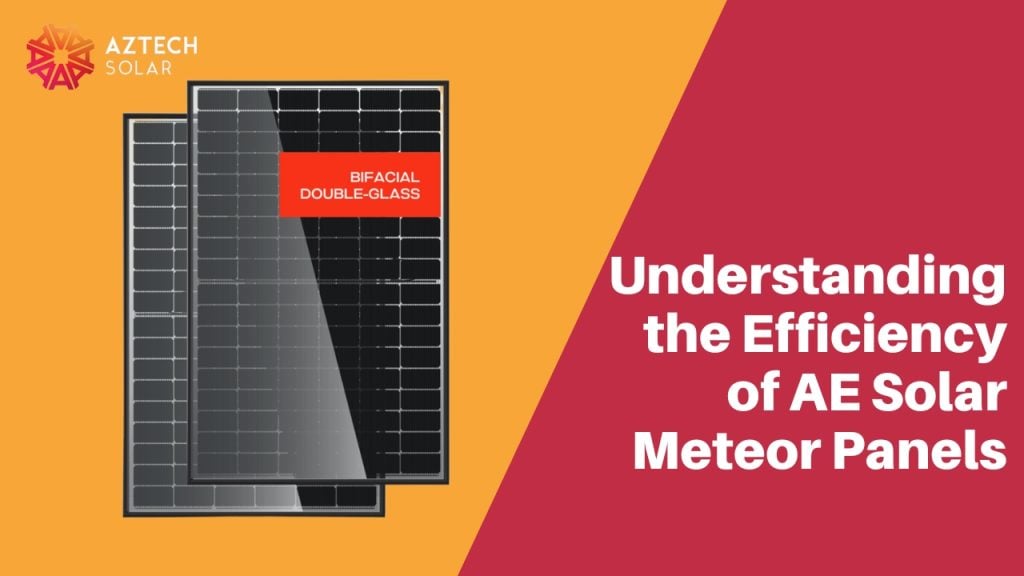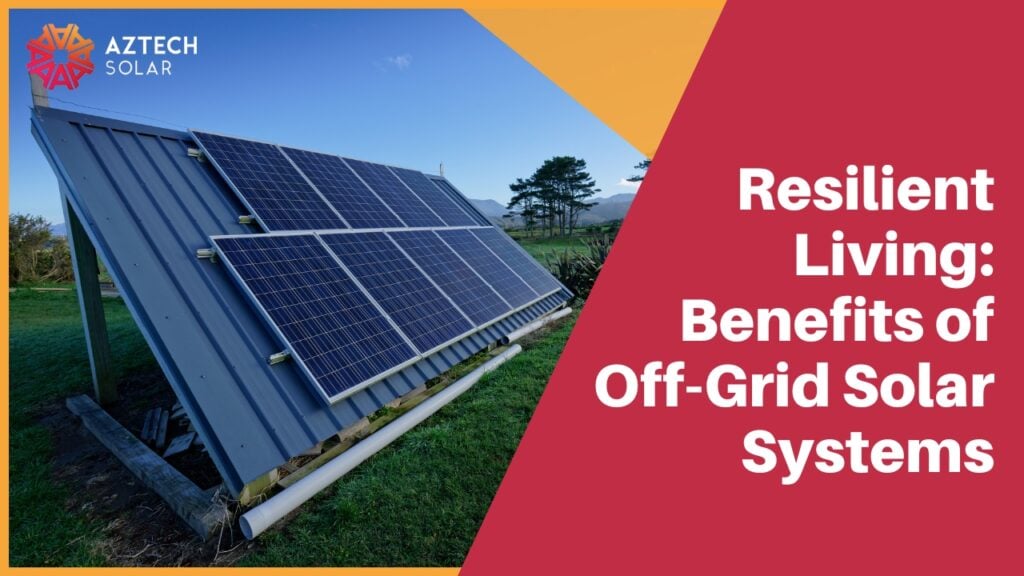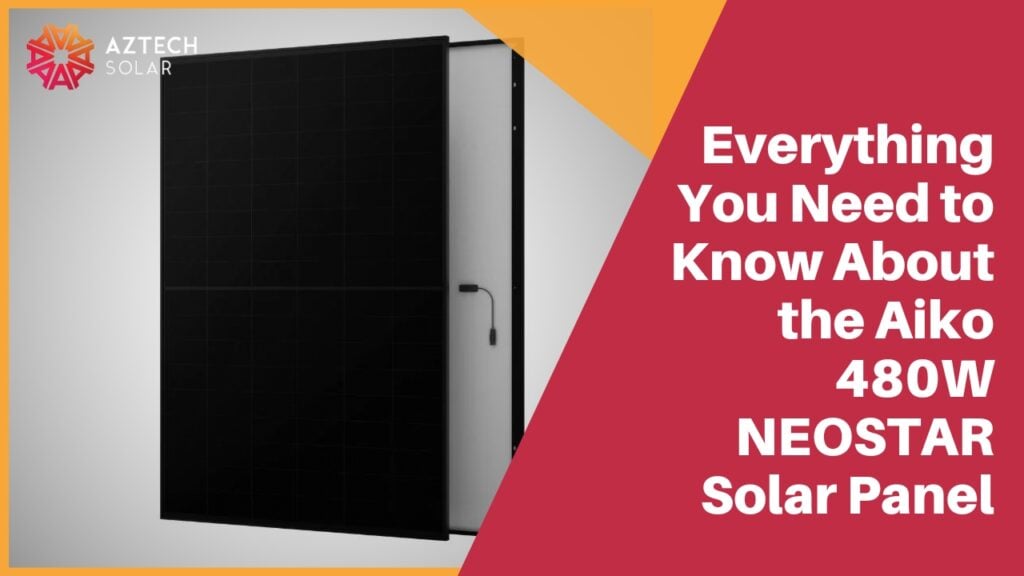Electric vehicles rely on consistent charging access to remain practical for daily use. But slow charging speeds, limited availability, and grid reliance have made early EV adoption difficult. Without reliable infrastructure, many drivers hesitate to make the switch.
This is starting to change. Fast charging options, solar-powered systems, and smarter home setups are addressing common issues. These improvements make EVs more usable across suburbs, highways, and homes. They also align with clean energy goals, allowing households to reduce their dependence on fossil fuels.
EV charging technology now supports faster charging, energy tracking, and renewable integration. As these options expand, EV use becomes more realistic for more people. The result is a stronger connection between electric transport and energy independence.
How Fast Charging Has Changed EV Adoption
Earlier EV models needed long charging times, often several hours. This limited their use for longer trips or frequent driving. Recent fast charging systems have reduced that time significantly. Many can now deliver 80% charge in 30 minutes or less, depending on the vehicle.
This improvement supports daily use and makes EVs more suitable for regional travel. Charging stations are now installed across highways, shopping centres, and public car parks. Some sites include multiple chargers, allowing several vehicles to charge at once and reducing wait times.
For commercial fleets and delivery vehicles, fast charging reduces downtime between trips. It also supports more consistent scheduling without relying on slow overnight charging.
Wider access to fast charging removes many early barriers to EV ownership. It helps people treat electric vehicles as a standard option rather than a limited-use alternative.
Smarter Home Charging with Energy Monitoring
Charging an electric vehicle at home remains the most convenient option for many households. Wall-mounted EV chargers can be installed in garages or carports and typically use existing residential power supply. Most systems can fully charge a vehicle overnight.
Many new units now include energy monitoring features. These let users track electricity usage, schedule charging to off-peak times, and reduce overall running costs. Some home chargers also allow integration with rooftop solar systems, enabling vehicles to charge using stored or daytime solar power.
For homes with solar and battery storage, this setup can reduce grid reliance and support household energy goals. Instead of drawing power from the grid during peak times, the system can prioritise stored or solar energy for vehicle charging.
This approach is also useful for households managing overall load limits. Smart systems can balance EV charging with other power demands in the home to avoid tripping circuits or exceeding energy caps.
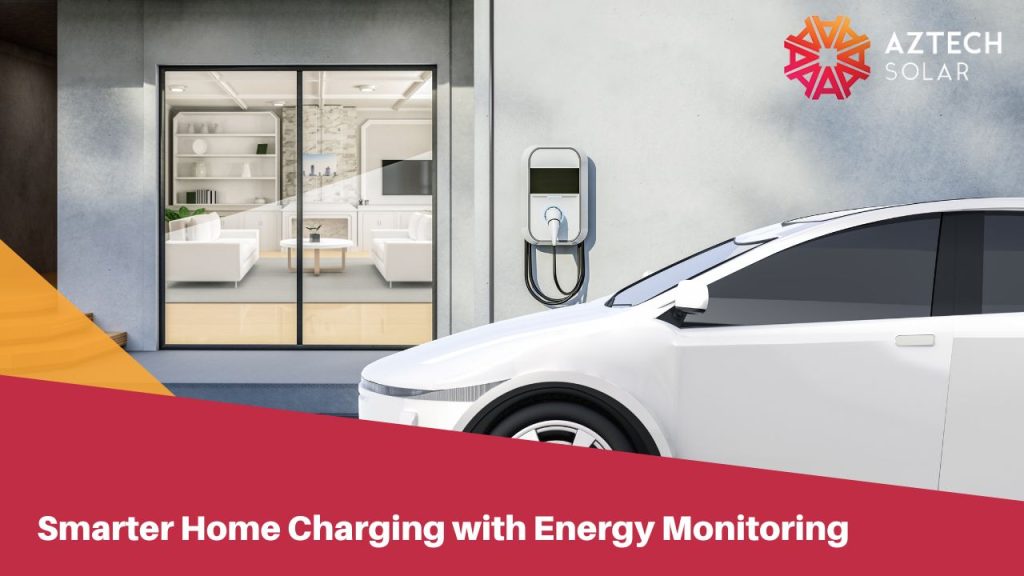
Solar Charging Integration in Homes and Public Spaces
Charging electric vehicles using solar energy reduces grid demand and improves energy self-sufficiency. Solar-powered EV chargers draw electricity directly from rooftop panels or nearby solar arrays. This setup works for residential properties, commercial buildings, and public charging locations.
In homes, solar charging lets owners use excess solar generation during the day to power their vehicle. Combined with battery storage, it can also provide energy for charging at night or during overcast conditions. This setup reduces long-term charging costs and helps households manage electricity bills more effectively.
In public spaces, solar charging stations are often combined with shade structures in car parks. These stations serve dual purposes—generating energy and protecting vehicles from heat. Some units are paired with batteries or connected to the grid as backup, ensuring consistent performance during low sunlight hours.
Local councils and businesses are starting to adopt these systems in high-traffic areas, supporting more accessible low-emission travel. As solar system costs continue to fall, solar charging is expected to become a standard part of future infrastructure.
How Wireless Charging Works and Where It’s Headed
Wireless EV charging transfers electricity through magnetic fields between a ground pad and a receiver installed on the vehicle. When the car is parked over the pad, the system charges the battery without any plugs or cables. This simplifies the process, especially for drivers with mobility issues or limited access to wall-mounted chargers.
Current wireless systems are slower than wired alternatives but are improving. Trials in commercial fleets and public spaces are already underway, with some systems offering similar speeds to standard Level 2 chargers. The convenience of automatic charging is the main advantage—just park and walk away.
In the future, wireless systems may be embedded into parking bays, taxi ranks, or workplace car parks. Some developers are exploring in-road charging that can top up vehicles as they drive slowly through equipped lanes. These upgrades aim to reduce charging effort while maintaining consistent access to power.
Although not yet widely available, wireless charging is expected to play a role in supporting long-term EV uptake across cities and high-density areas.
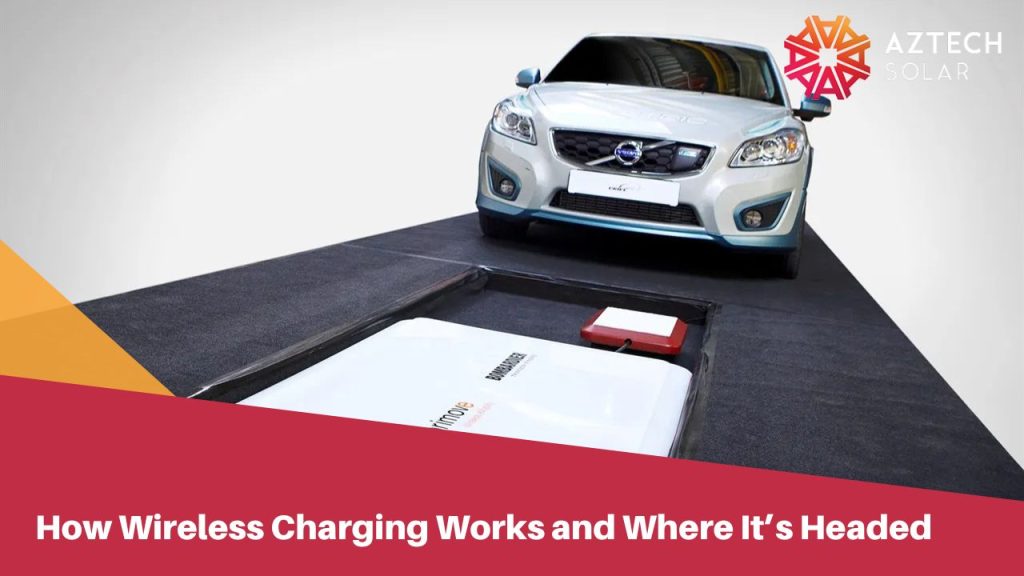
Bidirectional Charging and Grid Use
Bidirectional charging allows an electric vehicle to both receive and supply electricity. This means energy stored in the car’s battery can be sent back to the grid or used to power appliances during outages. The system works through a compatible charger and a vehicle that supports vehicle-to-grid (V2G) or vehicle-to-home (V2H) functions.
Households with rooftop solar systems can store excess energy in the EV battery during the day, then use that energy at night or during peak demand. This setup can reduce energy costs and help balance household loads. In areas with high grid demand, EVs with bidirectional capability can even support local energy supply.
Businesses and fleet operators are also testing this technology to improve energy efficiency. When not in use, EVs can act as backup power or assist in energy load management. Over time, widespread use of bidirectional charging may reduce the need for large-scale grid upgrades.
As more vehicle models support this feature, and as compatible chargers become available, this technology will offer more flexibility in how homes and businesses manage power.
EV Charging Solutions from Aztech Solar
Aztech Solar supplies EV charging systems built for homes, businesses, and solar setups. Our range includes home wall chargers, solar-compatible units, and models that support bidirectional power use. Each system is designed to suit Australian conditions and work with existing rooftop solar or battery storage.
Many of the EV charger options offered are compatible with energy monitoring and off-peak charging schedules. These features help households manage power usage more effectively while lowering grid reliance. When paired with solar panels, charging costs can be reduced further.
Installations are handled by our in-house team, ensuring safe setup and reliable operation. Whether supporting daily commutes or home energy use, our systems help reduce emissions and long-term energy costs.

